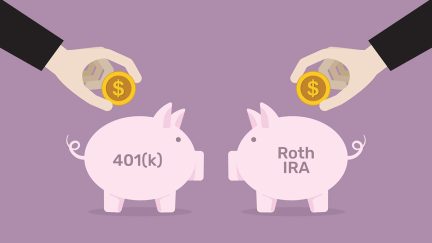Want the latest retirement plan adviser news and insights? Sign up for PLANADVISER newsletters.
IRS Clarifies Roth In-Plan Rollover Rules
Notice 2013-74 says plan sponsors must amend their plans to include the conversions to Roth accounts no later than December 31, 2014. The American Taxpayer Relief Act of 2012 includes a provision allowing for in-plan Roth conversions of defined contribution retirement plan accounts otherwise not distributable, without any income limitations (see “Fiscal Cliff Deal Extends Roth Conversions”).
Previously, only amounts deemed distributable—such as upon attainment of age 59 ½ by a participant—could only be converted to Roth accounts. The provision was effective January 1, 2013.
In the case of a § 403(b) plan that has a remedial amendment period pursuant to Rev. Proc. 2013-22, a plan amendment permitting in-plan Roth rollovers of otherwise nondistributable amounts is permitted to be adopted on or before the last day of that remedial amendment period or, if later, the last day of the first plan year in which the amendment is effective, provided the amendment is effective as of the date the plan first operates in accordance with the amendment.
In the guidance, the IRS says the following contributions (and earnings thereon) may now be rolled over to a designated Roth account in the same plan, without regard to whether the amounts satisfy the conditions for distribution: elective deferrals in § 401(k) plans and § 403(b) plans; matching contributions and nonelective contributions, including qualified matching contributions and qualified nonelective contributions; and annual deferrals made to governmental § 457(b) plans.
The amount rolled over and applicable earnings remain subject to the distribution restrictions that were applicable to the amount before the in-plan Roth rollover.
An in-plan Roth rollover of an otherwise nondistributable amount is treated as an eligible rollover, so no withholding applies. Also, because this amount is not distributable, no part of the rollover may be withheld for voluntary withholding. An employee making an in-plan Roth rollover may need to increase his or her withholding or make estimated tax payments to avoid an underpayment penalty.
The notice also includes guidance regarding all in-plan rollovers—whether or not they were made at the time of a distributable event.
Notice 2013-74 is here.
You Might Also Like:

IRS Issues Covered Compensation Tables for 2026 Plan Year

Recordkeepers Prepare for Next Year’s ‘Roth-Only’ Catch-Up
